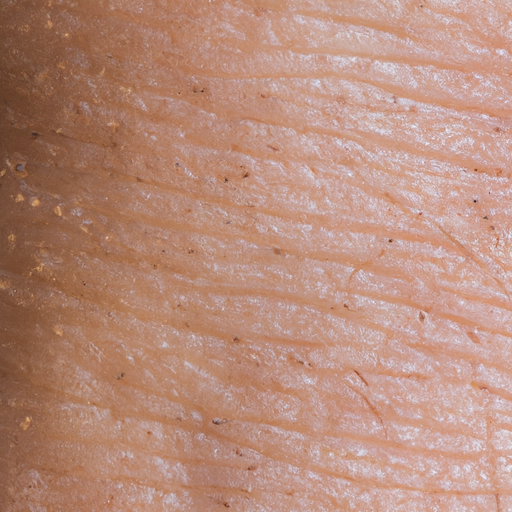As a dermatologist, I often encounter patients who are battling with dry skin. This condition, while seemingly harmless, can cause discomfort and sometimes lead to more serious skin issues if left untreated. In this article, I will share my expertise on diagnosing and treating dry skin, providing a comprehensive guide to managing this common skin condition.
Dry skin, medically known as xerosis cutis, is a condition characterized by a lack of appropriate amount of water in the most superficial layer of the skin, the epidermis. While dry skin tends to affect hands, arms, and legs most often, it can occur on any part of the body. Symptoms typically include a feeling of skin tightness, especially after showering, bathing or swimming; skin that feels and looks rough; itching; slight to severe flaking, scaling or peeling; fine lines or cracks; redness; and deep cracks that may bleed.
The causes of dry skin can be classified into two categories: environmental and medical. Environmental factors include weather (especially in winter), low humidity levels, long-term use of air conditioning or central heating, and washing skin too frequently or using harsh soaps. Medical causes include aging, certain diseases like hypothyroidism and diabetes, malnutrition, genetic predisposition, and side effects from medication.
Diagnosing dry skin is usually straightforward. As dermatologists, we can often diagnose the condition by simply examining the skin. However, understanding the underlying cause may require a detailed medical history and occasionally blood tests. It’s crucial to identify the root cause to effectively treat dry skin and prevent it from recurring.
Treatment for dry skin aims at rehydrating the skin, preventing water loss, and restoring the skin’s ability to retain moisture. Here are some strategies:
1. Moisturize: Apply a moisturizer immediately after bathing while your skin is still damp. This helps seal in the moisture. Look for products containing ingredients like ceramides, glycerin, and hyaluronic acid, which are effective at hydrating the skin.
2. Use gentle, unscented skin care products: Avoid deodorant soaps and skin care products that contain alcohol, fragrance, retinoids, or alpha hydroxy acid. These can strip your skin of its natural oils.
3. Use a humidifier: A portable home humidifier or one attached to your furnace can add moisture to the air inside your home.
4. Limit bath time: Hot water and long showers or baths remove oils from your skin. Limit your bath or shower time to about 10 minutes or less, and use warm, rather than hot, water.
5. Wear protective clothing: When going out in cold or windy weather, wear a scarf and gloves to protect your face and hands from getting dry.
6. Stay hydrated: Drinking plenty of water throughout the day helps maintain your skin’s moisture balance.
If your skin doesn’t improve despite your best efforts, it might be time to seek professional help. Prescription treatments such as topical corticosteroids or emollient creams may be necessary for severe cases.
In conclusion, while dry skin can be a nuisance, it is usually manageable with the right care and attention. If you’re struggling with dry skin, remember that you’re not alone and that help is available. As a dermatologist, I assure you that with the right diagnosis and treatment, you can overcome this condition and enjoy healthy, comfortable skin once again.




